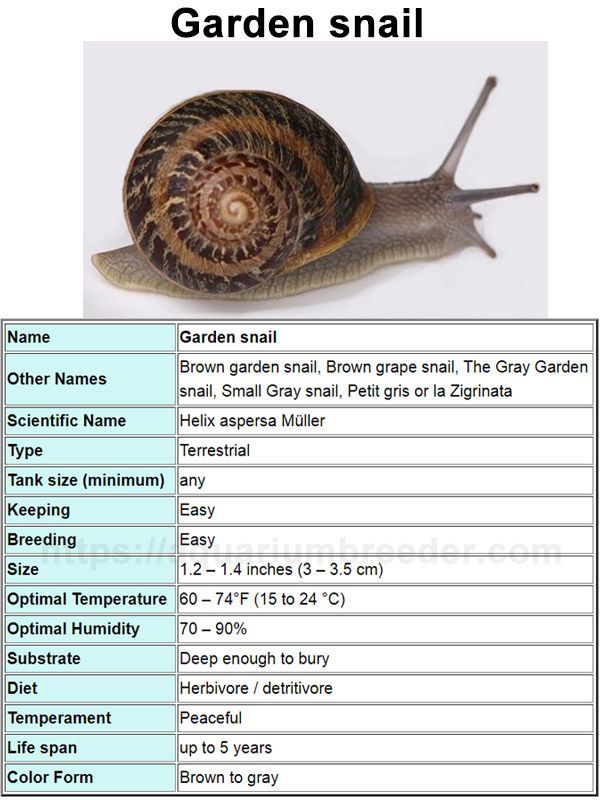Introduction
Garden snails are familiar visitors in many outdoor spaces, intriguing gardeners and nature enthusiasts alike. Understanding the garden snail size is essential not only for identification but also for appreciating their biology and impact on gardens. This article explores the typical dimensions of garden snails, factors influencing their size, and how size relates to their behavior and habitat. Whether you’re a gardener managing snail populations or simply curious about these creatures, this guide provides expert-backed insights into garden snail size.
What Is the Average Size of a Garden Snail?
The most common garden snail, Cornu aspersum (formerly Helix aspersa), typically measures:
- Shell diameter: 25 to 40 millimeters (about 1 to 1.6 inches)
- Shell height: 25 to 35 millimeters
- Body length: When fully extended, around 30 to 40 millimeters
These measurements can vary slightly depending on environmental conditions and age. The shell size is often the key indicator used by experts to estimate the snail’s maturity and overall health.
How Size Varies Among Different Garden Snail Species
While Cornu aspersum is the most prevalent, other garden snail species may differ in size:
- Roman snail (Helix pomatia): Larger, with shell diameters up to 45 mm or more.
- White garden snail (Theba pisana): Smaller, usually 15 to 25 mm in shell diameter.
Recognizing these size differences can aid in distinguishing species and understanding their ecological roles.
Factors Influencing Garden Snail Size
Several factors affect the growth and final size of garden snails:
- Nutrition: Access to calcium-rich foods (like leafy greens and soil minerals) supports stronger, larger shells.
- Habitat conditions: Snails in moist, temperate environments tend to grow larger due to optimal living conditions.
- Age: Older snails generally have larger shells, though growth slows considerably after maturity.
- Genetics: Inherent species traits determine maximum potential size.
Understanding these factors helps gardeners manage snail populations effectively and predict their growth.
Why Does Garden Snail Size Matter?
Knowing the size of garden snails is important for several reasons:
- Pest control: Larger snails consume more vegetation and can cause significant garden damage.
- Ecological balance: Size influences their role in the food chain and decomposition processes.
- Scientific research: Size data assists in monitoring snail health and environmental impacts.
For gardeners, recognizing size helps in distinguishing harmful snails from beneficial ones and deciding on management strategies.
Tips for Managing Garden Snail Populations Based on Size
Managing snail populations effectively can benefit from size awareness:
- Identify the species: Use size and shell characteristics to differentiate pest species.
- Physical removal: Larger snails are easier to spot and remove manually.
- Habitat modification: Reducing moisture and hiding spots can limit growth and reproduction.
- Use natural predators: Birds and beetles often prey on larger snails, helping control populations naturally.
Implementing these strategies reduces snail-related damage while supporting garden biodiversity.
Conclusion
Garden snail size varies across species and is influenced by nutrition, environment, and genetics. Typically, common garden snails measure around 25 to 40 millimeters in shell diameter, with size playing a critical role in their ecological impact and management. Understanding these dimensions empowers gardeners and researchers to identify snails accurately and adopt effective control methods. Next time you spot a garden snail, consider its size—not just as a number, but as a window into its life and role in your garden ecosystem.
